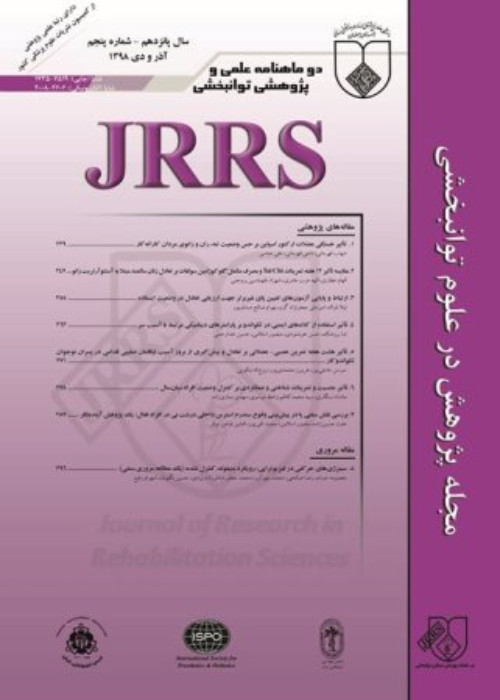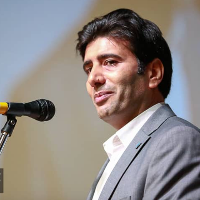Effect of different speeds of motor mental imagery on performance
Author(s):
Abstract:
Introduction
The aim of this study was to investigate the effect of slow and real motor mental imagery speeds on performance.Materials And Methods
Thirty participants were assigned to one of the following groups: 1) low speed imagery, 2) real speed imagery and control group without imagery. After the pre-test, 3 sessions of imagery training including 30 trails of football dribbling were performed by participants. After the third session of imagery, participants performed a retention test.Results
Results showed that both low speed and real speed imagery decreased the time of performance and there was no significant difference between groups in performance error.Conclusion
Based on the findings of the present study, the assimilation effect was not proved in our study. It seems that the decrease of imagery speed in beginners lead to more attention on cognitive elements of movement and resulted in better performance.Keywords:
Language:
Persian
Published:
Journal of Research in Rehabilitation Sciences, Volume:9 Issue: 7, 2014
Page:
1189
magiran.com/p1245062
دانلود و مطالعه متن این مقاله با یکی از روشهای زیر امکان پذیر است:
اشتراک شخصی
با عضویت و پرداخت آنلاین حق اشتراک یکساله به مبلغ 1,390,000ريال میتوانید 70 عنوان مطلب دانلود کنید!
اشتراک سازمانی
به کتابخانه دانشگاه یا محل کار خود پیشنهاد کنید تا اشتراک سازمانی این پایگاه را برای دسترسی نامحدود همه کاربران به متن مطالب تهیه نمایند!
توجه!
- حق عضویت دریافتی صرف حمایت از نشریات عضو و نگهداری، تکمیل و توسعه مگیران میشود.
- پرداخت حق اشتراک و دانلود مقالات اجازه بازنشر آن در سایر رسانههای چاپی و دیجیتال را به کاربر نمیدهد.
In order to view content subscription is required
Personal subscription
Subscribe magiran.com for 70 € euros via PayPal and download 70 articles during a year.
Organization subscription
Please contact us to subscribe your university or library for unlimited access!




